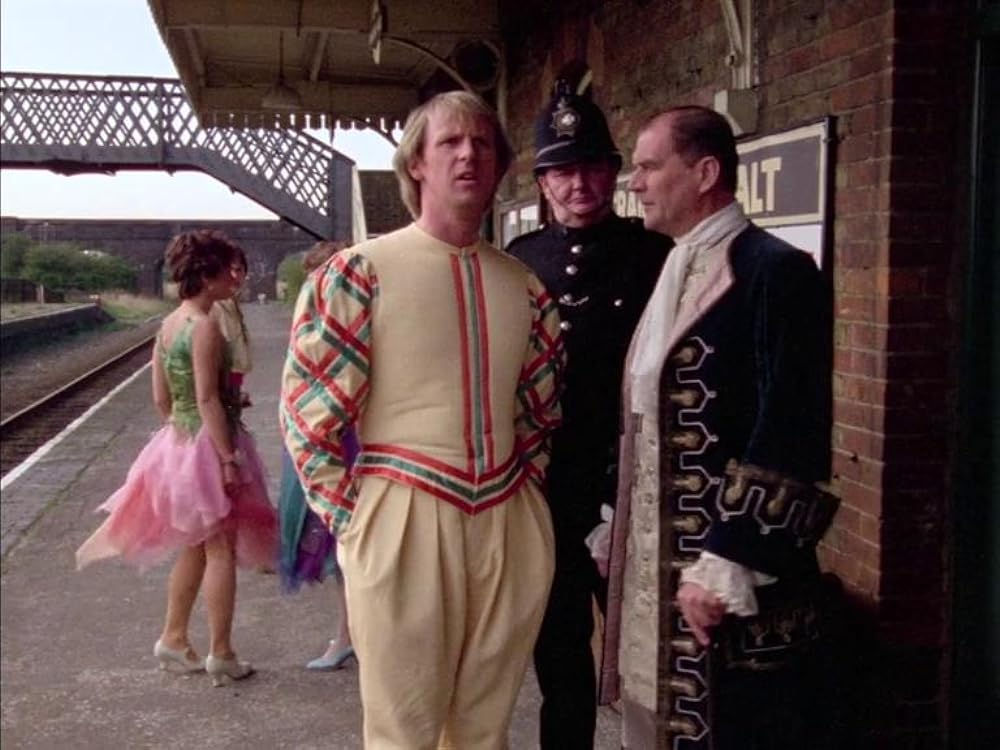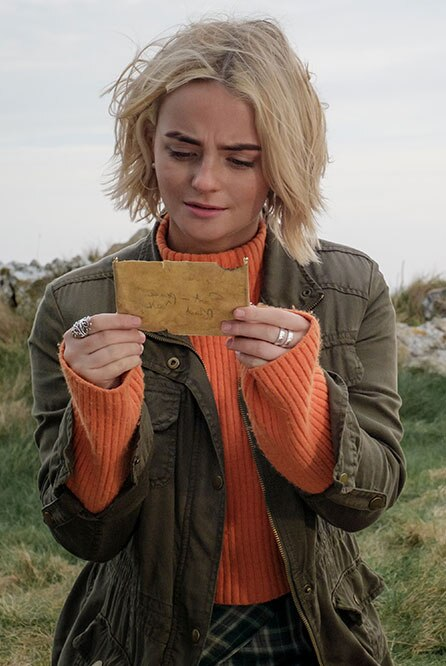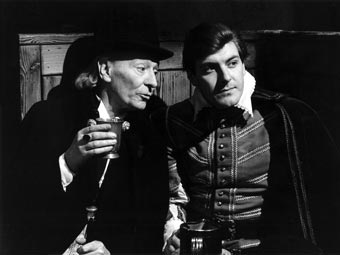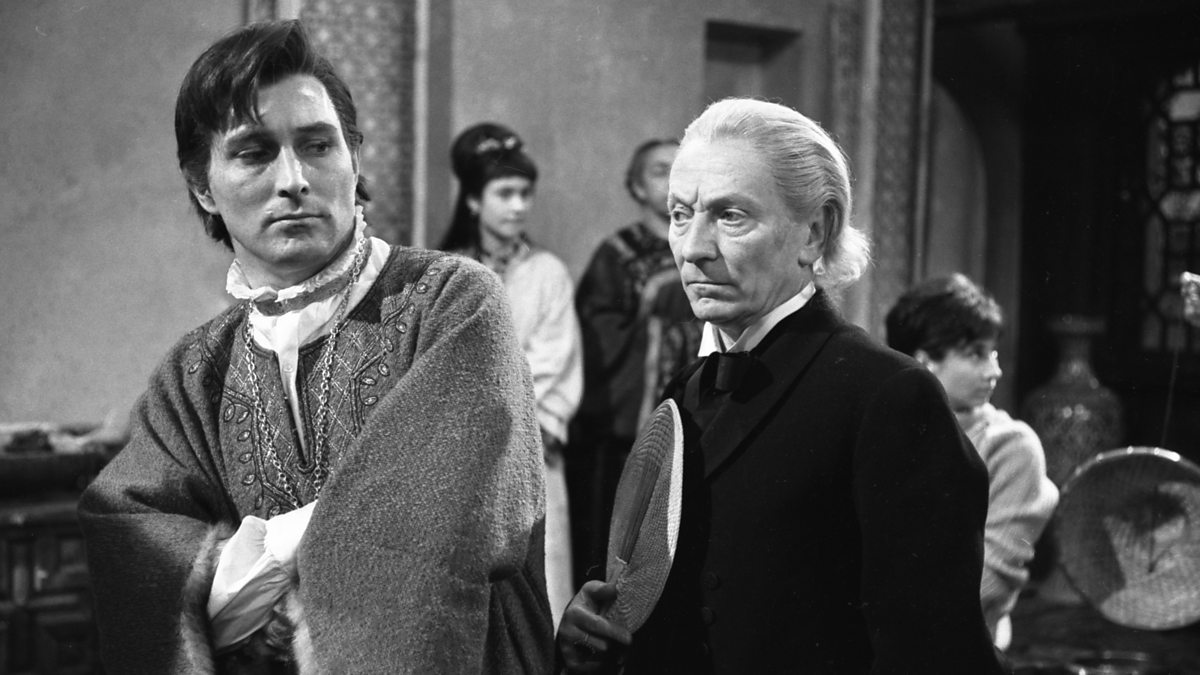This week’s Doctor Who episode, Rogue, will be this era’s second jaunt into the past, and, as usual, it seems aliens will be following. But once upon a time, sometimes, the Doctor just walked into history, and walked out. The show’s early seasons were built around being a history and science fiction program, but not combined. So making use of the BBC’s vast costume department, William Hartnell’s era of Doctor Who became an excuse to teach kids history and dive into the rich complexities of the past.
I’ve long wanted a return – at least once – to this format, and whilst I’ve seen the surviving pure historicals in the past, I wanted to experience them all for the purposes of a list. Whilst sadly most of them have been purged from the archives, as they were frequently deemed to be “lesser” than the science fiction stories (although that mentality didn’t save Master Plan), they survive through audio and reconstructions, and many fans yearn for a return. So, to celebrate the Doctor’s latest trip into the past, let’s have a literal trip to the past into Doctor Who’s early years, with a 20 year later detour to start –
12. Black Orchid
One of John Nathan-Turner’s goals with his soft reboot of the show in 1982 was a return to the old formula, with four main characters and alternating sci-fi and history. Unfortunately, this two part oddity in the middle of Peter Davison’s first season really doesn’t justify itself, and is a waste of the format. The Doctor and his companions end up in the 1920s, the Doctor plays some cricket, Adric eats food, Tegan dances, Nyssa has a double and then BOOM MURDER MASKED KILLER LET’S RESOLVE THE PLOT. That’s it. Not very interesting.
Of all the fascinating historical events to explore, I’m confused why Terence Dudley decided to just… not do history at all, and just stick the characters into a bland cliche of the times. Sure, you can argue that George Cranleigh represents the dark side of British imperialism hidden under the wealth and prosperity of the mansion and that this reflects the coming darkness of Earthshock… but no way was that intentional. At all. This can’t be the last televised pure historical! We need another!
Continue reading “Ranking Doctor Who’s pure historicals”




